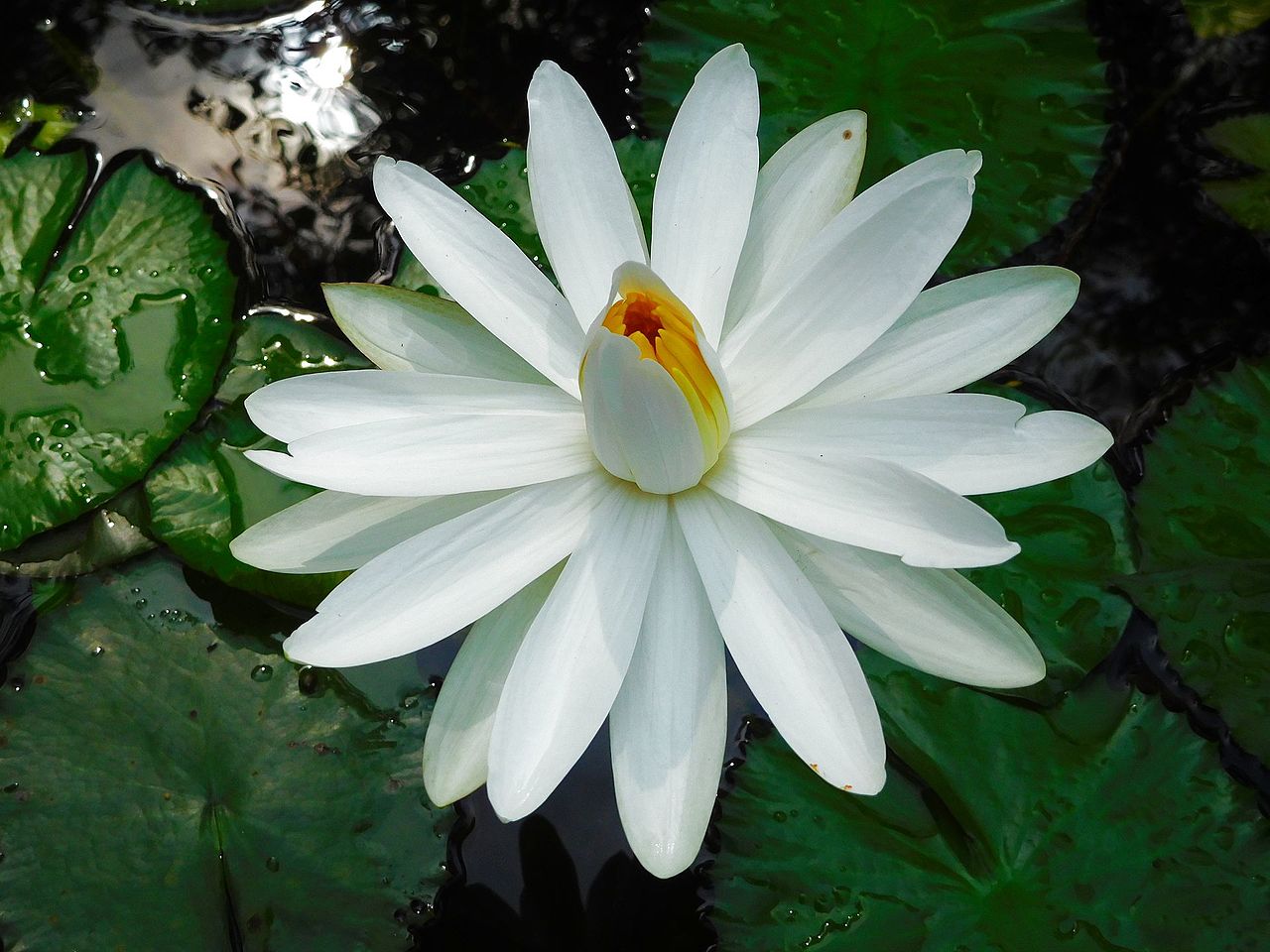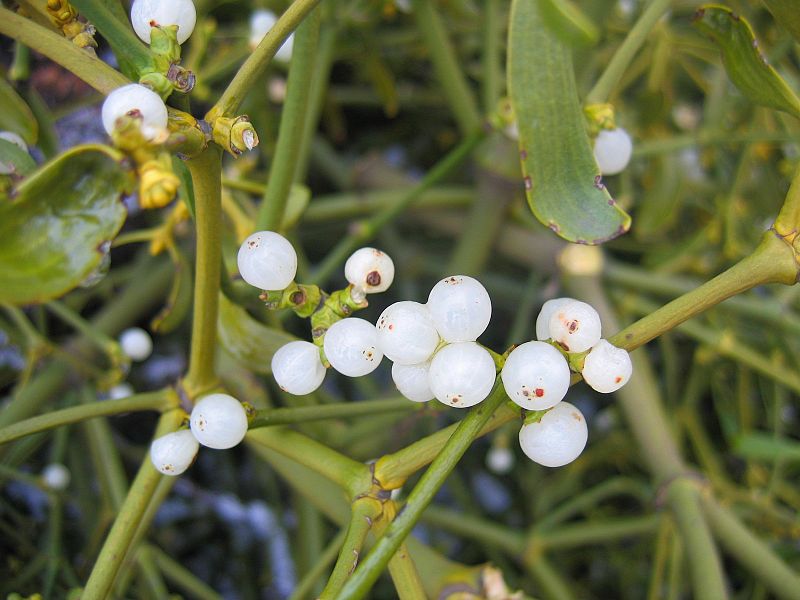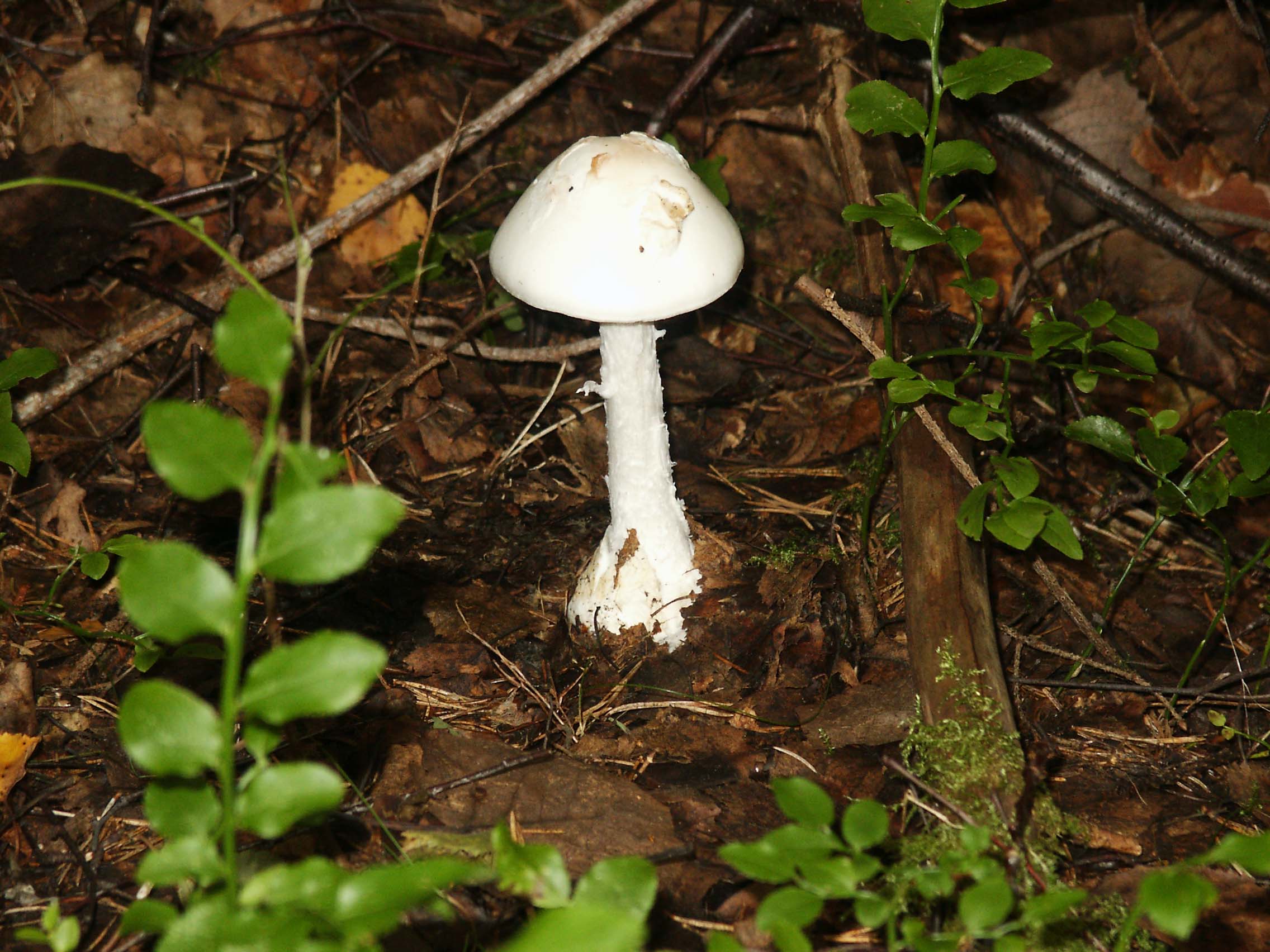
Tropical Wild Edibles - Water Lily
Botanical name: Nyphea pubescens
Common names: Water Lilly, Hairy Waterlily, Pink Waterlily
Physical Appearance: As the name suggests, water lilies do in fact grow in the water. They prefer slow moving water as this allows the plant to more readily attach itself via a root system to the soil, via perennial rhizomes or “rootstock”. The main part of the plant floats on top of the surface, allowing the plant to photosynthesise. It is fairly easy to identify as it produces a very large flower head which is very distinguishable. The lily’s flowers are large, up to 15 cm wide and tend to close during the day. Depending on the variety, the flowers can be white, pink or even purple in colour.

Natural habitat: Natural distribution through Asia, Australia and Papua New Guinea. Obviously they do require a body of water to grow in. There are many other variations of water lily, both edible and inedible. The water lily is averse to acidic waters and temperatures below 15oC.

Edible parts: The hairy water lily is edible in entirety including roots, leaves, flowers and seeds. The seeds can be dried out and ground into a flour and then baked into a bread or used as a thickening agent for soups and stews. Consuming other varieties of water lily can be dangerous as some are toxic (but probably not fatal to humans).


Images copied courtesy of
Wiki (By Shishirdasika - Own work, CC BY-SA 4.0, https://commons.wikimedia.org/w/index.php?curid=59310868)
Franz Xaver (http://creativecommons.org/licenses/by-sa/3.0/)
R1 ({{Information| |Description=Nymphaea rubra |Source=self-made |Date=2007-07-28 |Author=Rl }} == Licensing == {{self|GFDL|cc-by-sa-2.5,2.0,1.0}})


